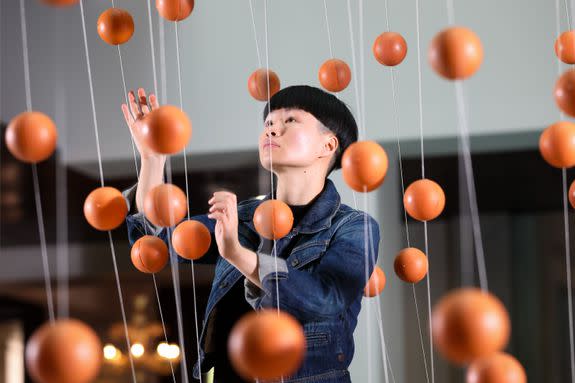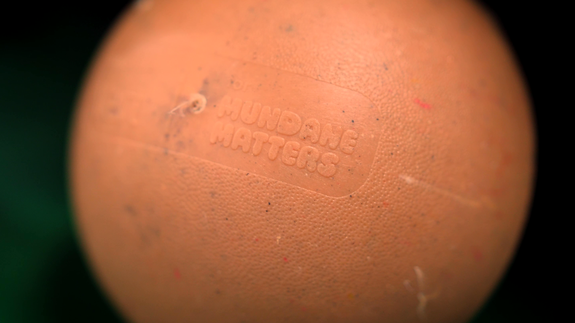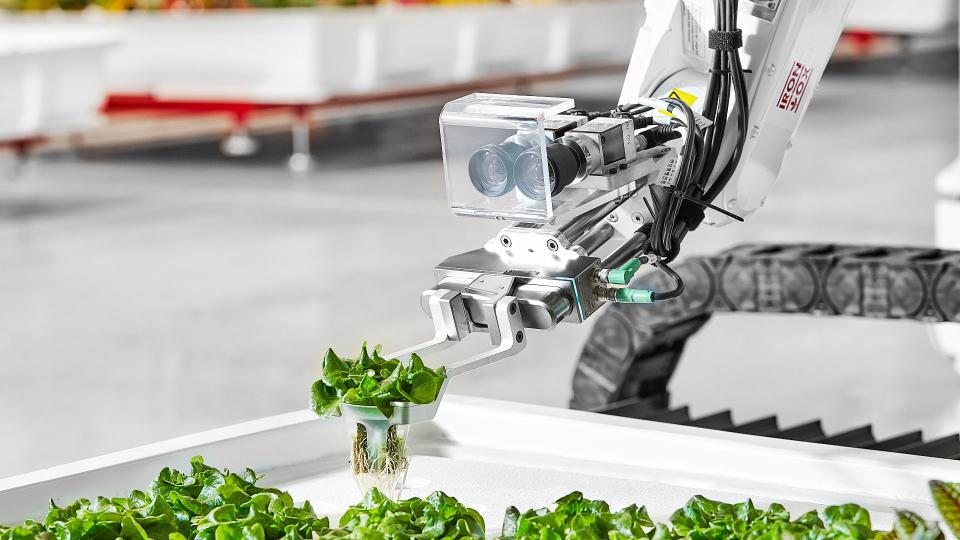This art installation is made out of plastic waste collected from the ocean

Plastic pollution is huge problem for the world's oceans, with an estimated 8 million tonnes of plastic waste entering the global marine environment each year, and posing a serious threat to wildlife.
Many of us though, only really see its effects from afar, but an Australian artwork is aiming to bring the problem a little closer to our lives.
SEE ALSO: Norway wants to clean up our oceans. Here's how it could work.
Wasteland is an installation of 2,255 orange spheres made from 120 kilograms (264 lbs) of ocean debris collected from the Great Barrier Reef, hung from the ceiling of Sydney's Customs House.
Produced by Sydney-based sustainable design studio Mundane Matters, the work is inspired by a Costa Rican conservation experiment, in which 12,000 tons of orange peels were dumped onto a barren pasture in the mid-'90s. 16 years later, researchers discovered it had become a lush forest.
"Nature is just so abundant and resourceful, and if we see how to use waste properly, it could be resourceful," Mundane Matters creative director Danling Xiao told Mashable.

Image: Katherine Griffiths / City of Sydney
Xiao has been working on the project for two years, but received a commission for the work from the City of Sydney's Art & About program last year.
Mundane Matters worked with Eco Barge, an Australian not-for-profit organisation that has been collecting ocean plastic in Great Barrier Reef region for the last nine years.
The debris is a mix of plastic bottle lids, plastic bottle necks, a broken chair, a broken kettle, and microplastics.
It was transferred to Sydney, sorted into different colours, shredded, melted in heat of 240-270 degrees Celsius (464-518 degrees Fahrenheit), then was injection moulded into balls which resemble oranges. About 60 percent of the ball is marine debris, with the rest comprised of virgin plastic and colouring.
"There was a lot of trial and error, because the plastic itself is so unpredictable," Xiao explained. "It's very brittle and we tried to go high with marine debris, but it is impossible to use 100 percent marine debris in this case because of the durability and mechanism of the product."

Image: mundane matters
Xiao said she hopes the work will raise awareness of ocean plastic pollution, and recycling as a solution.
"It's a positive message for all of us that it's possible to tackle the problem altogether. If you look at the recycling industry in Australia, we are not doing very great at the moment, and there is a lot of space to improve."
Wasteland appears at Customs House in Sydney, Australia until Oct. 28.
WATCH: This farm, run entirely by robots, uses 90% less water than traditional farms


